Let’s begin with looking at ourselves, consider a situation possibly a recent one, did you respond or react? In order to really self assess our actions and how effective they are, we must be honest in answering this.
From small scale situations to the big deciders, let’s reflect on how we as an individual, an owner, a rider, a groom, a parent, a coach, acts in specific times. Perhaps there is a time you can bring to mind for the purpose of using this article to the intent.
Pre learned behaviours naturally come into the forefront initially here when we are faced with choices of responding or reacting. However, being mindful of the impact and influences of our actions both physically and verbally can allow any rider, owner, sports persons, to gather a deeper understanding into behaviour traits and how one responds or reacts.
But what does this mean? What does it look like? What does this sound like?
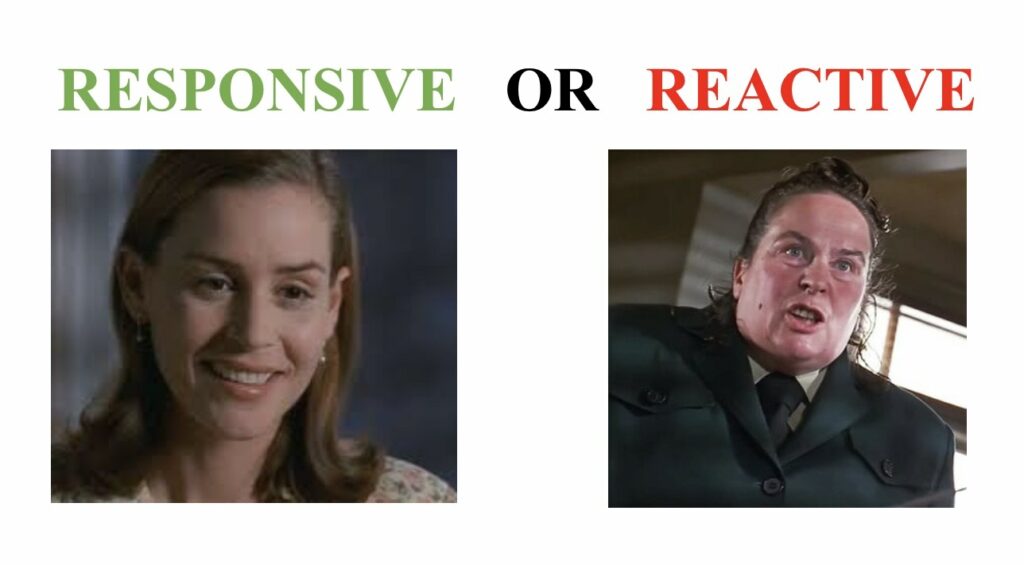
Bringing this concept to light here is not necessarily intended to tell you one way, or the other is the correct way of going, but to shine a light on it in order to give readers the time it takes to read an article to merely consider their options the next time a sticky situation may arise. By no means shall we all walk around cool, calm, and collected every day, many of us are not programmed or hard-wired from younger years in this way. Yet taking responsibility for how we respond can certainly support one in developing improved communication skills, increasing their approachability, aids towards leadership characteristics, maintains self-control, can be solution driven, allows an evaluation of the situation and is better for long-term development of relationships. By choosing to respond it can also create and reinforce a positive learning atmosphere for all involved.
Whereas, if a reaction is evoked it can be seen to contribute towards being more emotionally driven, irrational, short-term goals with less benefit long term, fuels disagreement, possibility of damaging development of relationships. Choosing to react in some cases also can have a negative implication on respect and equality between those involved.
One may suggest that on occasions it may take a combination of utilising both forms, depending on the matter at hand. But let’s face it, the horse with the cranky sharp, abrupt rider in the warm up usually is the tense one eyeballing up an escape route for their swift exit. Now before some jump on the bandwagon of there’s other reasons for this, of course. We have all heard of the expression “he didn’t lick it of a rock” well our horses certainly don’t learn their ways of going from licking rocks! We teach them, and how imperative it is that we think fast and act appropriately in situations, as in what is the most appropriate form; to respond or react?
They, our four-legged friends, have a terrific ability to remember positive and negative interactions. Emotions can blur a judgment, possibly impeding a clear response best suited to that particular occurrence. How we approach makes a huge difference.
Putting this into practice is, in my opinion, easier said than done. However, the truth is I have seen firsthand both sides of the coin. I have in some cases chosen one over the other and not necessarily the right one for that specific situation. Was this a learning curve, yes for sure. How I then developed as a rider, as an owner, as a teacher, and fundamentally pairing it back to as a person, was honestly worthwhile. And has proven to me in my own ways of going both in and out of the saddle to really act accordingly by aiming to be and continue to become more mindful in the process of select and deselect with respond vs react. The practicing of this certainly doesn’t happen overnight, I believe it is an aspect we all have the ability to work on in order to guide us to making better choices with how we respond or react.

At a recent event I attended to develop my own knowledge in the wonderful world of Dressage, I sat listening attentively alongside my friend and Co-founder of Equitas, at The Dressage Ireland Judges Gala for the principles of dressage judging delivered by Katrina Wuest, a FEI 5* judge. Throughout the afternoon session I recall the term “friendly” being used. Wuest was providing one-to-one coaching sessions to a combination after they rode a test in front of a stand full of judges and dressage enthusiasts. Within this timeframe, Wuest coached riders on their horses through exercises and techniques while incorporating the term “now ask him friendly”. Such a kind mannerism to ask your horse to perform a movement, to give an aid, a quick yet gentle correction, and reinforce praise when necessary. The response to this “friendly” request by the pilot resulted in a more successful, positive, smoother, gentle and accurate reaction from the horse.
Reflecting on this way of asking, clearly had improved outcomes in a significantly short space of time. Even in my day-to-day job inside a classroom jammed with teenagers with various needs, capabilities, and characteristics, I use this concept of respond v’s react within my teaching practice and behaviour strategies. And cannot recommend it enough. Try it out, see the benefit, make a mental note of how your horse responds to a type of approach you demonstrate.
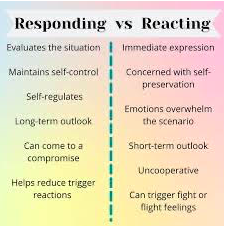


Share
Your subscription is 100% Free for our first year, No credit card details required.
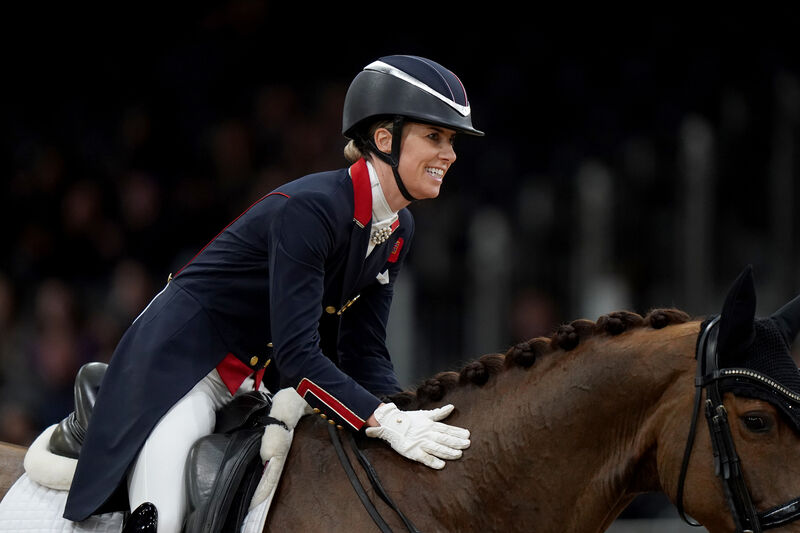
Charlotte Dujardin, a name synonymous with elegance and excellence in the equestrian world, now finds herself at the heart of
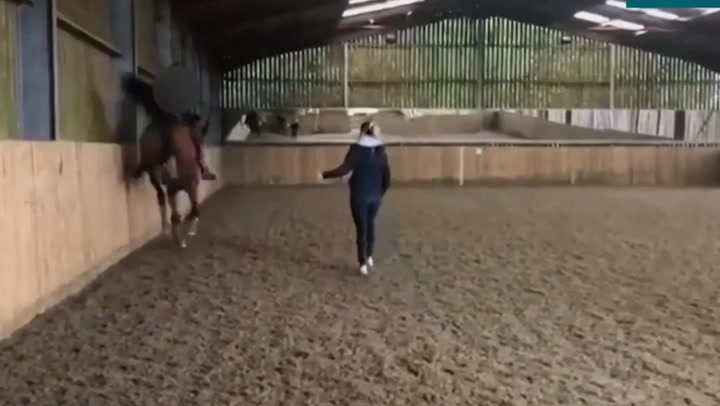
The world is currently rocked from the recent release of a video exhibiting clear animal abuse.. and I’m not going
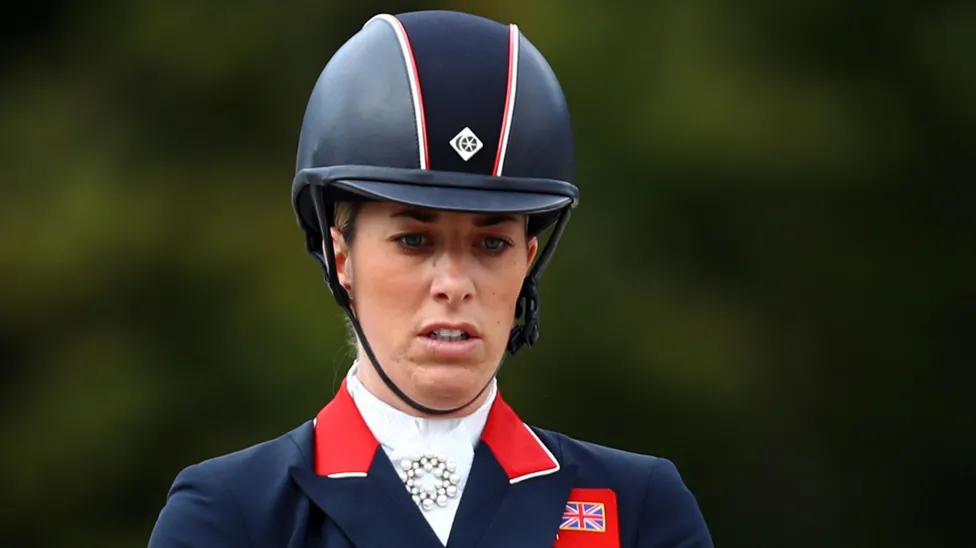
The equestrian community is currently facing a critical moment following the recent revelations about Charlotte Dujardin. The video that surfaced